Looking for Signs that Show Your Soil is Bad? We’ll help you pick them at the initial stages to amend it on time.
Overtime, the growing medium loses its potency and this can directly hamper the growth of plants. Here are the most taletelling signs that show your soil is bad.
Signs of Healthy Soil

Healthy soil is dark in color and has a rich, crumbly texture, which also contributes to the overall drainage. However, this doesn’t mean that it shouldn’t have a good water retention.
Another sign of a healthy growing medium is organic matter, which can be in the form of compost or manure along with soem beneficial organisms like earthworms.
What is Unhealthy Soil?
The first sign to look for a unhealthy soil is its structure, which includes visible signs like cracking or crumples. If the soil is too compacted, it won’t have any space for the air to pass through—another sign that it’s not good.
If you see absolutely no form or organic matter and beneficial organisms in the growing medium—well, you need to amend it ASAP!
Signs That Show Your Soil is Bad
1. Cracks
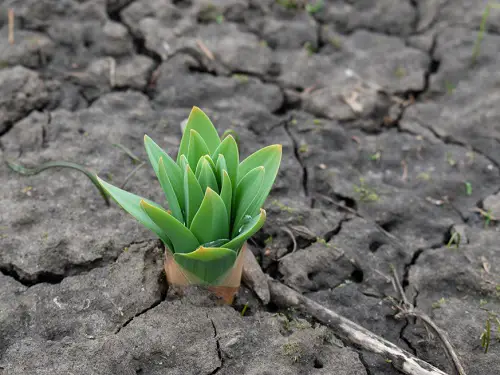
Erosion and lack of moisture can develop cracks in the soil—you can restore such types with regular watering and amending it with plenty of compost and other organic matter.
2. Hyperbolic Soil
Hyperbolic Soil is a term that indicates increased compressibility and low shear strength. This is common to the areas where the growing medium is subjected to more water than needed.
3. Color
The first sign to look for any growing medium is the color—if its dirty, excessive brown, and outright muddy, it is not good. Remember, good soil absorbs moisture without being too muddy.
4. White Crust on the Surface
This simply indicates too much salt accumulation, which will impact the growth of the plant negatively, as it decreases the water and nutrient uptake.
5. Fungus
As there are thousands of types of fungi, it would be a good idea to take the sample to get tested or simply change the growing medium entirely if you spot a white layer or any unpleasant smell.
6. Sandy or Clay Soil
If there’s too much sand in the soil, then it is a clear indication that the growing medium lacks nutrients to sustain any plant life.
If the soi is too red or black in color, it has too much clay, which can prevent the roots from spreading properly. It will also hinder the nutrient and air intake.
7. Overused Soil
Poor soil structure, compaction, erosion, and poor soil fertility are all signs of soil overuse. This type is very easy to erode and has low level of nutrients, which will result in poor plant growth.
8. Alkaline Soil
Alkaline soil contains a high amount of calcium, sodium, and potassium carbonate. It also has a high pH, usually between 7.5 and 9.5. These types lack the essential nutrients like nitrogen, phosphorus, and potassium that are required for healthy plant growth.
These have a powdery texture—a sure shot sign.
9. Clumps

Clumps are dense sections of soil that mainly form due to compaction. These types of soil prevents the oxygen to reach the roots, leading to poor growth.
Some Measures to Ensure the Soil Stays Healthy
- Do a soil test to determine nutrient levels, pH, and other characteristics from time to time.
- Organic matter increases the soil’s ability to retain moisture and nutrients, while improving its structure. Add manure, compost, and leaf mold in the growing medium at the time of planting.
- Mulching using straw or grass clippings helps the soil to keep cool in summer, while suppressing weeds. It also helps to retain soil moisture.
- Add beneficial soil organisms like earthworms and centipedes.
- Keep tilling the soil from time to time to aerate it. It allows for better water and air penetration.



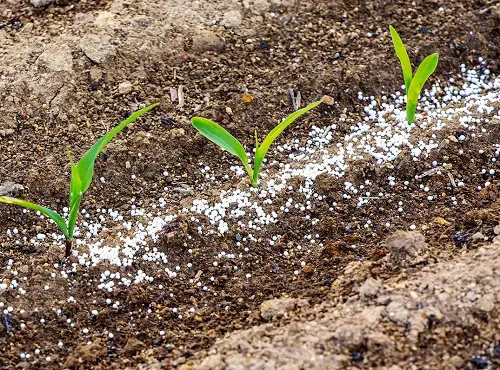
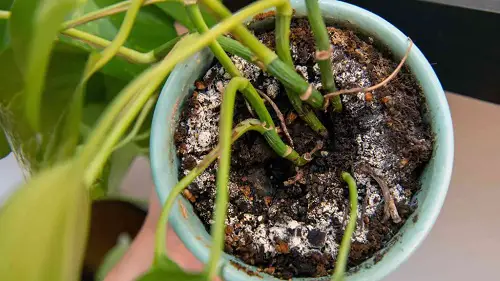
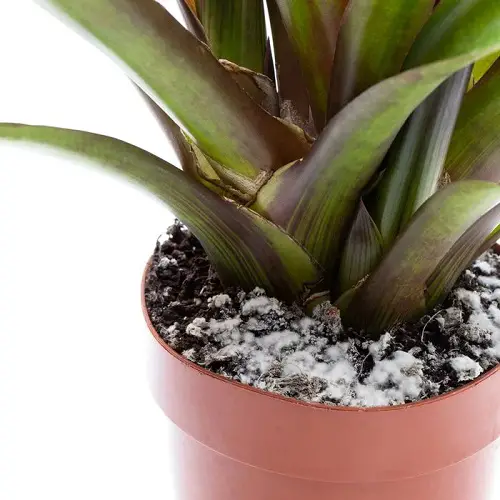
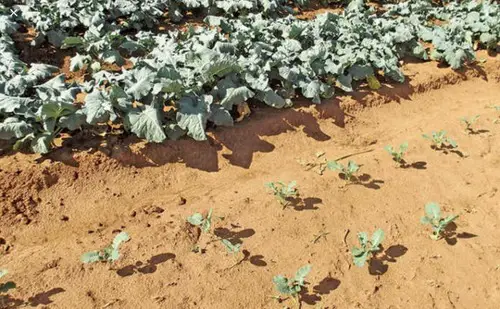


Put the soil on black tarp and let cook in the heat to kill the bad in the soil I do it every year